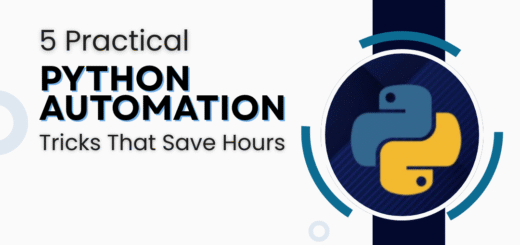Taking Back Control: How Everyday People Are Redefining Healthcare
Gone are the days when healthcare meant sitting passively in a doctor’s waiting room, hoping for answers. Across kitchen tables and smartphone screens, a revolution is brewing – one where people are grabbing the reins of their own health like never before.
Knowledge Is the Ultimate Preventive Medicine
Remember when medical information was locked behind Latin terms and doctor’s scribbles? Today:
- Grandparents in rural India are learning to check their blood sugar via WhatsApp voice messages
- Busy moms in Chicago swap air fryer recipes in Facebook groups for managing kids’ food allergies
- Construction workers wear vibration-monitoring rings that teach them when to take breaks to prevent lifelong hand damage
Tech That Feels Like a Helpful Neighbor
The best health tools don’t feel like technology at all:
- Maria’s Story: Her blood pressure cuff texts her daughter in simple Spanish – no app download required
- The Diabetes Underground: Teens have turned continuous glucose monitors into hackable devices, creating memes when their blood sugar spikes after pizza
- No More Guesswork: Farmer’s markets in Oregon now show QR codes that explain exactly which veggies help with specific health conditions
Earning Trust the Old-Fashioned Way
In Birmingham, community health workers carry tablet prototypes for six months before developers finalize designs. “If my abuela wouldn’t use it,” says developer Luis, “we go back to the drawing board.”
Health Became a Team Sport
What’s working:
- Black barbershops doubling as blood pressure check stations with stylists trained to explain results
- TikTok physical therapists whose 60-second videos get more reach than hospital pamphlets ever did
- Recovery circles where people share their Fitbit sleep data to spot relapse warning signs
Making Wellness Actually Enjoyable
Clever touches that stick:
- A toothbrush game that lets kids “defeat cavity monsters” by brushing properly
- Workplace challenges where colleagues compete to take the most staircase steps (prize: extra vacation days)
- Pharmacy loyalty programs that give points for filling prescriptions on time – redeemable for groceries
Breaking Down the Real Barriers
Innovations that matter:
- Free cell phones preloaded with health apps for homeless populations
- Picture-based medication instructions for patients who can’t read
- “Pay what you can” community acupuncture clinics with sliding-scale health tech training
The New Face of Patient Power
In Sweden, patient advocacy groups now co-design hospital software. In Ohio, factory workers advised engineers on wearable safety gear. The lesson? When end users help build the solutions, they actually get used.
Why This All Matters
This shift changes everything:
- Patients arrive at appointments informed and ready with data
- Chronic disease management happens at home instead of the ER
- Healthcare becomes something we live, not something we “get”
The most exciting part? We’re just getting started. As more people realize they don’t need to wait for permission to take charge of their health, we’re seeing a grassroots movement that could finally make healthcare work – for everyone.
The Bottom Line
True healthcare transformation isn’t happening in boardrooms or labs. It’s happening wherever people decide they’ve had enough of being passive patients – and are becoming active partners in their own wellbeing. The future of medicine isn’t just in our devices or data – it’s in our hands. Literally.


